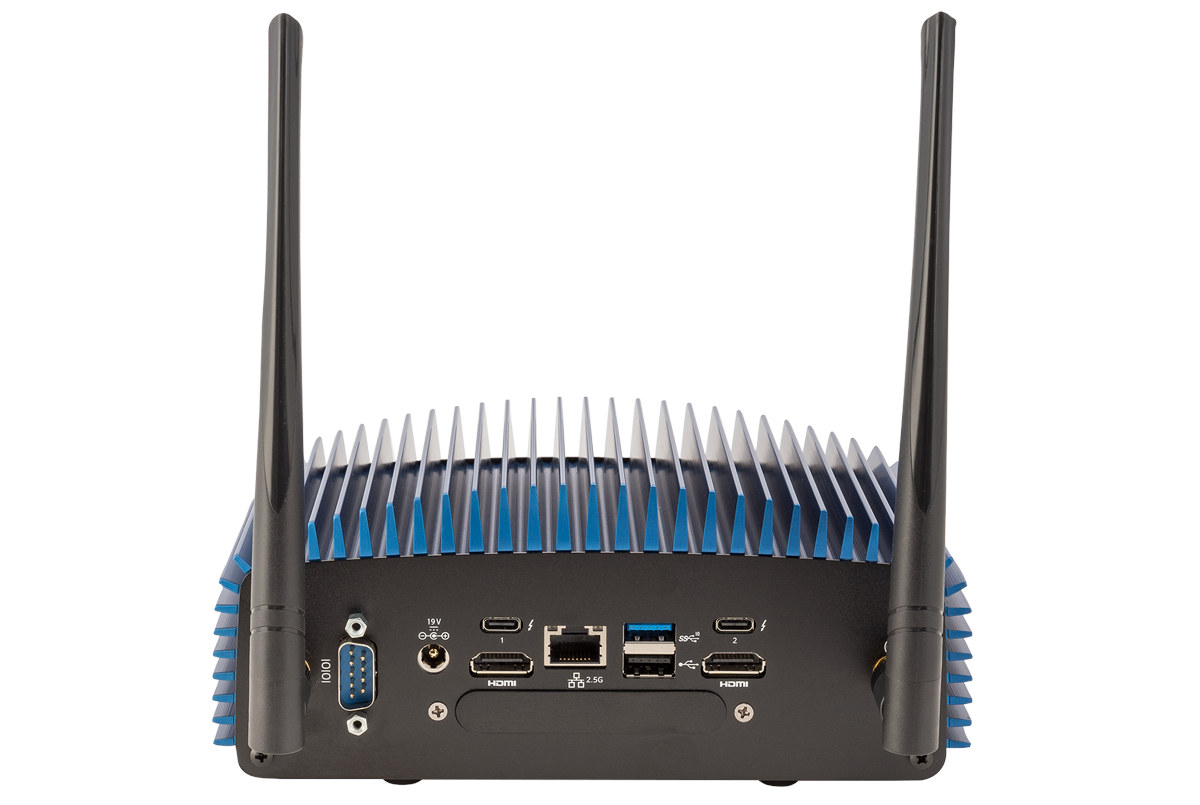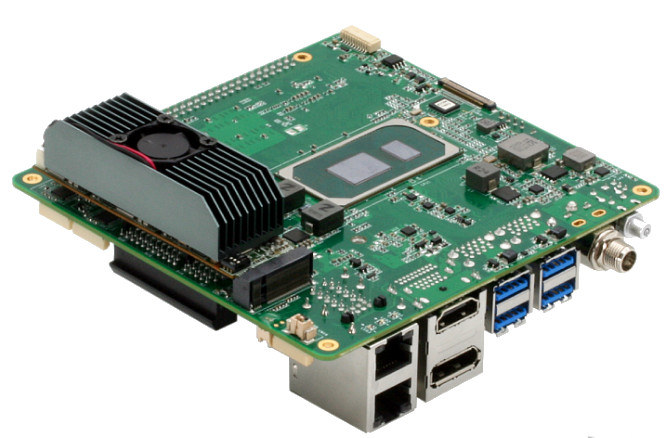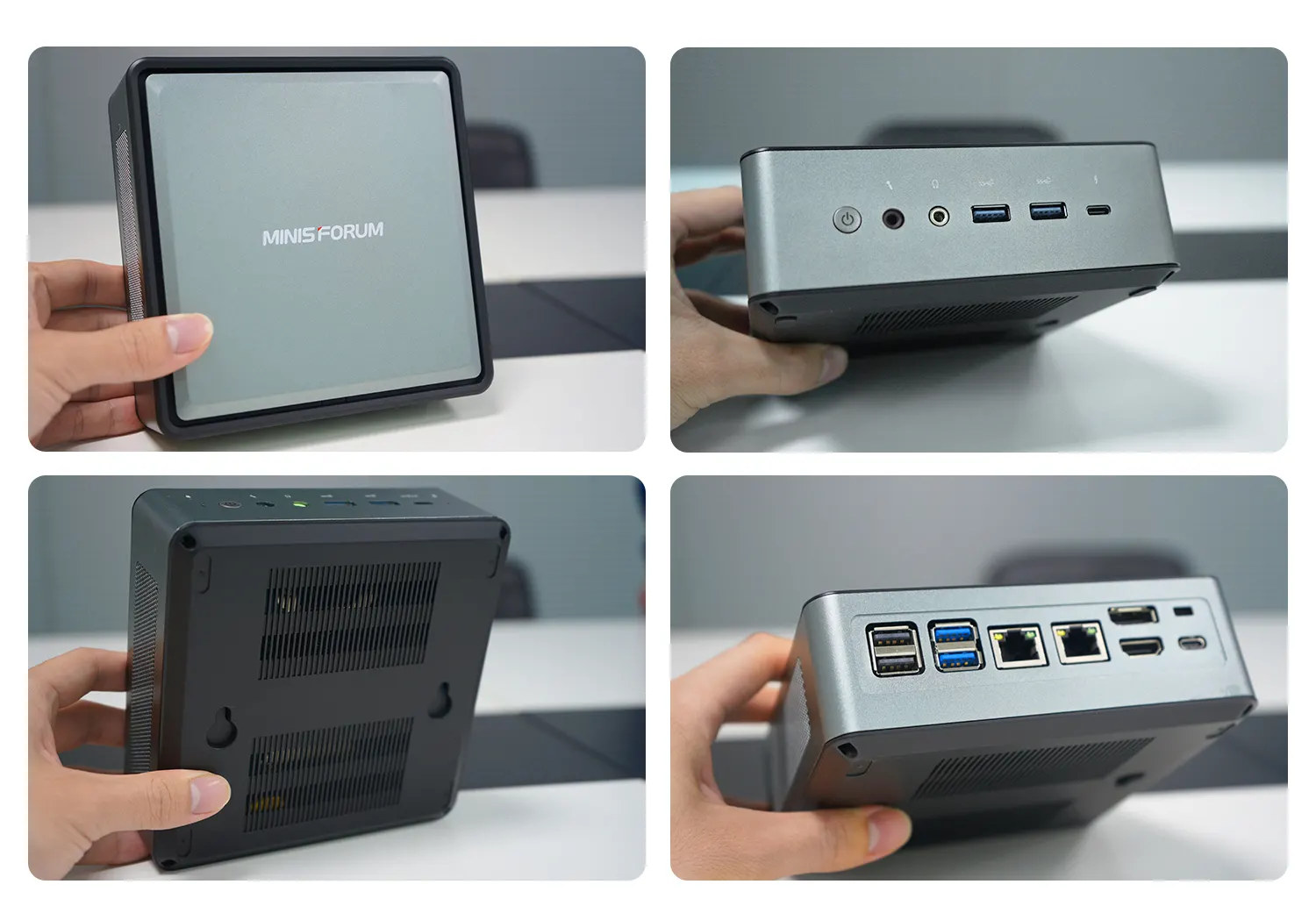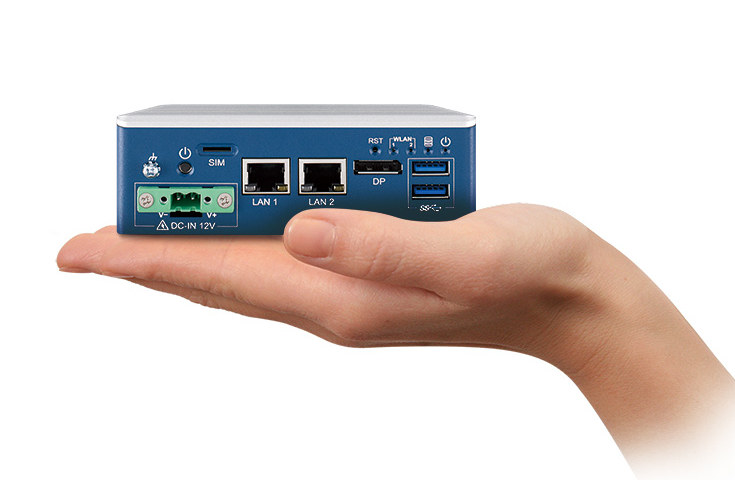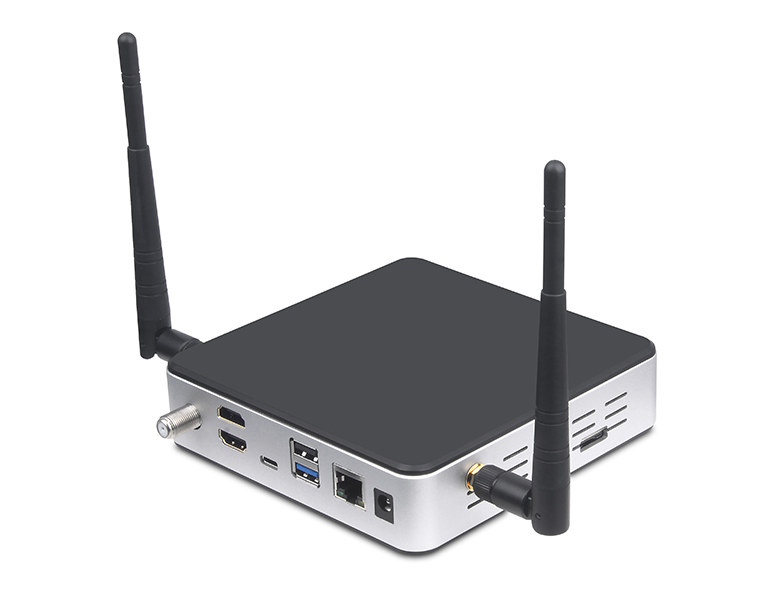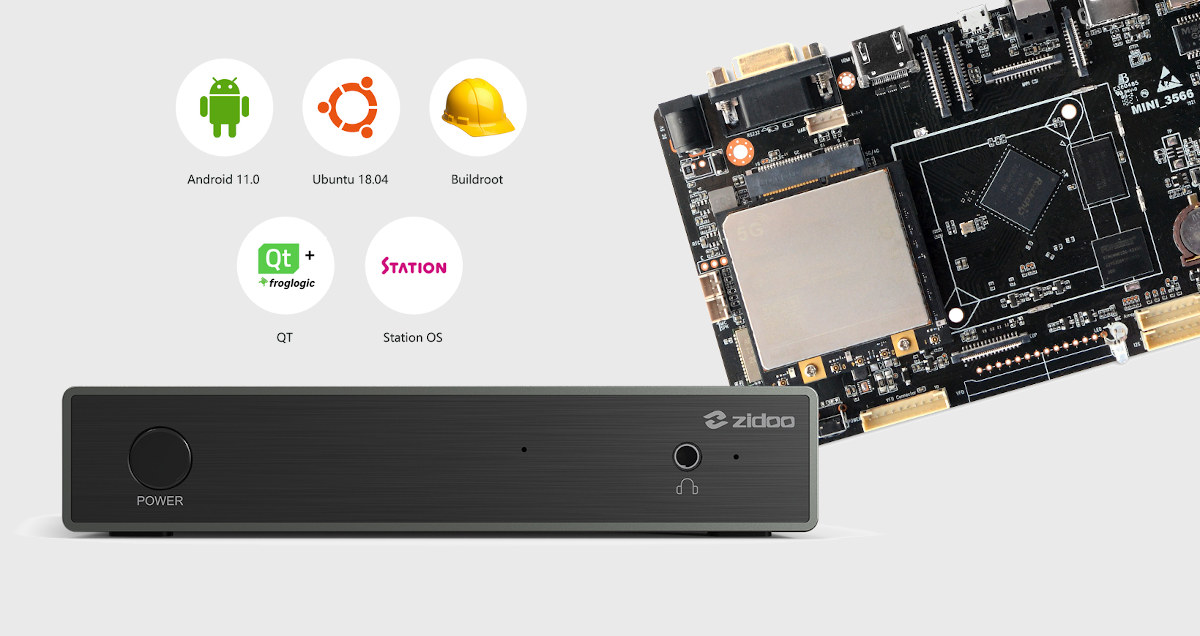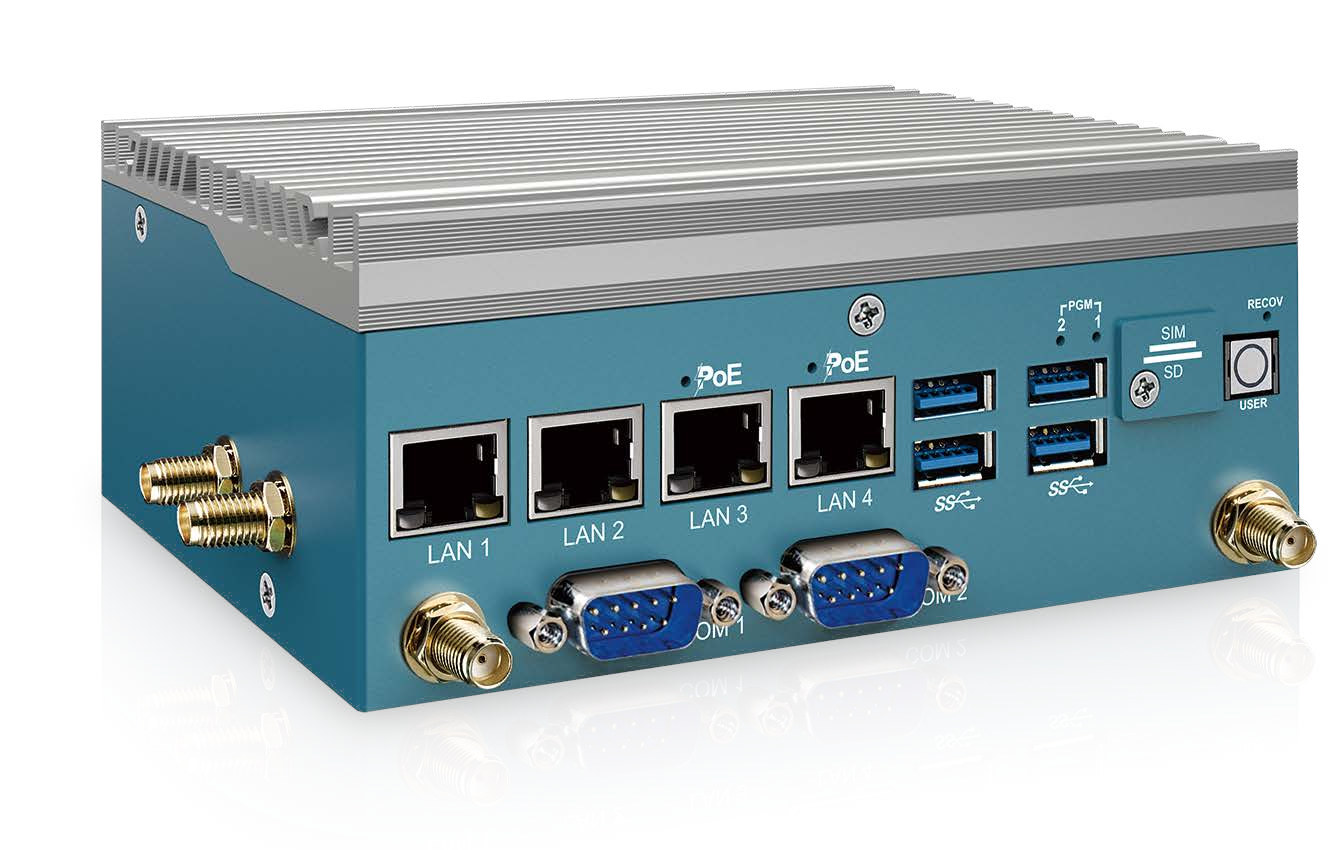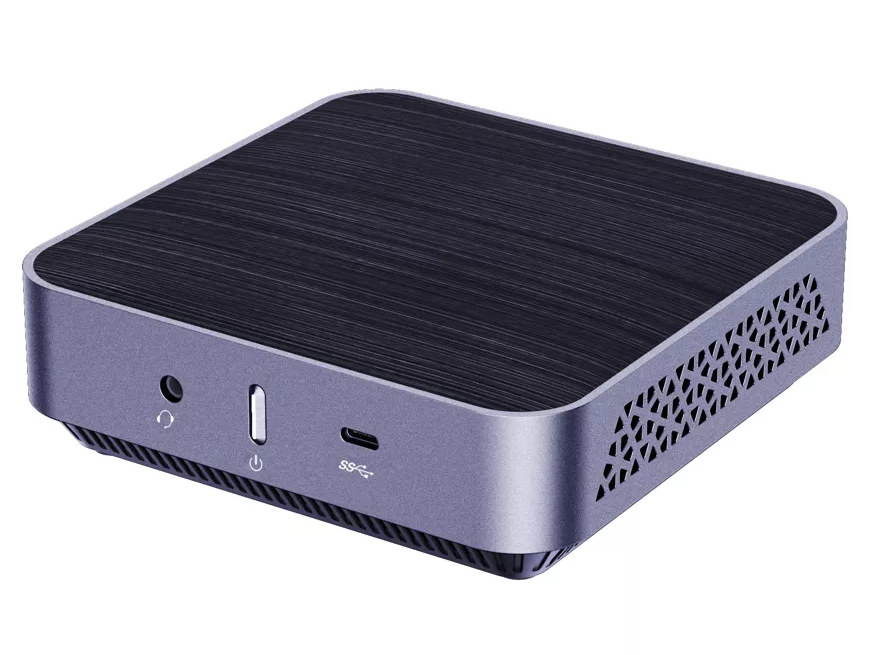Simply NUC “Tiger Canyon Porcoolpine” is a fanless Intel NUC offered with a choice of Tiger Lake UP3 processors, notably Core i3-1115G4, Core i5-1135G7, and Core i7-1165G7, and equivalent vPro parts when available. The mini PC comes with up to 64GB DDR4, NVMe & SATA storage, a Thunderbolt 4 port, two HDMI 2.0b ports, 2.5 GbE networking, and optional Wi-Fi 6 and Bluetooth 5.1, as well as a DB9 serial port for industrial applications, for example, to connect a barcode scanner. Tiger Canyon Porcoolpine (NUC11TF) specifications: SoC (one or the other) Intel Core i3-1115G4 dual-core/quad-thread processor @ up to 3.0 / 4.1 GHz (Turbo) with 6MB L3 cache, 48EU Intel Xe graphics; 28W TDP Intel Core i5-1135G7 quad-core/octa-thread processor @ up to 2.4 / 4.2 GHz with 8MB L3 cache, 80EU Intel Xe graphics; 28W TDP Intel Core i5-1145G7 (vPro) quad-core/octa-thread processor @ up to 2.6 / 4.4 GHz with […]
UP Xtreme i11 Tiger Lake SBC launched for $299 and up
Ever since the launch of Intel Atom Cherry Trail powered Up Board SBC in 2015, AAEON has kept launching more UP boards with faster, yet still low power processors, as well as complete turnkey solutions based on their x86 SBC such as the UP Xtreme Smart Surveillance kit. The company has now started taking pre-orders for the UP Xtreme i11 Tiger Lake SBC, and a UP Xtreme i11 Edge Compute Enabling kit mini PC based on the board will become available in Q3 2021. The board features a choice of Intel 11th generation Tiger Lake Embedded “GRE” Core or Celeron processors, an Intel Altera MAX V FPGA, up to 64GB RAM, Gigabit Ethernet, 2.5GbE networking, and more. UP Xtreme i11 SBC Specifications: Tiger Lake “E”/”GRE” SoC (one or the other) Intel Core i7-1185G7GRE quad-core/8-thread processor @ up to 4.4 GHz with 96 EU Intel Iris Xe Graphics; up to 28W […]
Intel Core i5-1135G7 Tiger Lake mini PC with 12GB RAM sells for $700 and up
Minisforum TL50 is a mini PC based on Intel Core i5-1135G7 Tiger Lake quad-core/octa-thread processor that ships with 12GB RAM, and optional 256GB and 512GB SSD preloaded with Windows 10 Pro. The mini PC also features two 2.5 Gbps Gigabit Ethernet ports, two 2.5-inch SATA drives, one M.2 slot for NVMe SSD, and supports 8K and 4K monitor setups through HDMI, DisplayPort, and USB-C video outputs. It was announced a few months ago, but it’s now available for sale for $699.99 and more on Banggood depending on storage options. MINISFORUM TL50 specifications: SoC – Intel Core i5-1135G7 4 cores/8 threads Tiger Lake processor @ 2.4 GHz / 4.20 GHz (Turbo) with 8MB cache, 80 EU Intel Iris Xe Graphics @ up to 1.30GHz; TDP: 12 to 28W System Memory – 12GB LPDDR4 soldered on board Storage M.2 2280 socket for NVMe PCIe SSD optionally fitted with a 256GB or 512GB […]
Vecow unveils Intel Atom x6211E based fanless Box PC & Pico-ITX motherboard
Vecow EPBC-1000 2.5-inch/Pico-ITX single board computer powered by an Intel Atom x6211E Elkhart Lake processor, and found in the company’s PBC-1000 ultra-compact fanless embedded box PC, is designed for edge applications such as intelligent control, energy management, M2M, In-Vehicle Infotainment (IVI), factory automation, and any AIoT or Industry 4.0 applications. Vecow EPBC-1000 Pico-ITX board and PBC-1000 embedded mini PC specifications: SoC – Intel Atom x6211E dual-core EIkhart Lake processor @ 1.20 GHz / 3.0 GHz (Turbo), with 16 EU Intel UHD graphics @ 350 MHz / 750 MHz, 1.5MB cache; 6W TDP System Memory – 1x DDR4 3200MHz SO-DIMM up to 32GB RAM Storage – 1x SATA III (6Gbps) port Video Output – 1x DisplayPort up to 4096 x 2160 @ 60Hz Audio 1x Mic-in, 1x Line-out Realtek ALC888S-VD, 7.1 Channel HD audio codec Networking 2x Gigabit Ethernet port via Realtek RTL8119I Ethernet Controllers Optional WiFi/Bluetooth or 4G LTE via […]
Industrial Android/Linux mini PC ships with optional HDMI input, DTV tuner, 4G LTE modem
We’re seeing several companies known for their Android TV boxes switch to higher-margin industrial Android/Linux mini PCs with, for instance, Zidoo M6 mini PC powered by Rockchip RK3566 processor and designed for IoT applications, digital signage, and more. Geniatech APC820 is another industrial mini PC running either Android or Linux, on the older, yet more powerful Rockchip RK3399 SoC, and offering a different set of options including 4K or Full HD HDMI input, digital TV tuner, and/or a 4G LTE modem. Geniatech APC820 specifications: SoC – Rockchip RK3399 hexa-core processor with 2x Cortex-A72 cores up to 1.8GHz, 4x Cortex-A53 up to 1.4GHz, Mali-T860 GPU with support for OpenGL ES1.1/2.0/3.0/3.1, OpenCL, and DirectX 11.1 System Memory – 2GB or 4GB RAM Storage – 16GB eMMC flash by default (Option for 8GB to 128GB), MicroSD card slot Video Output HDMI 2.0 up to 4Kp60 Internal LVDS connector with backlight Internal eDP connector […]
Zidoo M6 RK3566 mini PC & SBC supports GbE, WiFi 6, 5G connectivity
Zidoo M6 is both a complete mini PC and a single board computer based on Rockchip RK3566 processor with up to 8GB RAM with plenty of peripherals connectivity options including built-in Gigabit Ethernet, WiFi 6, Bluetooth 5, and support for 5G modems. Several years ago, Zidoo used to serve the TV box market, but they’ve now veered towards higher-end media players, digital signage players, and industrial applications. While we’ve already seen some RK3566 TV boxes on the market, using the AIoT processor does not make much sense in this type of product, and instead, Zidoo M6 targets AI Edge gateways, digital signage, and other AIoT products. Zidoo M6 specifications: SoC – Rockchip RK3566 with a quad-core Cortex-A55 processor @ up to 1.8GHz, Arm Mali-G52 2EE GPU with support for OpenGL ES 1.1/2.0/3.2. OpenCL 2.0. Vulkan 1.1, 0.8 TOPS AI accelerator, 4K H.265/H.265/VP9 video decoder, 1080p100 H.265/H.264 video encoder. System Memory […]
Vecow EAC-2000 fanless embedded system is powered by NVIDIA Jetson Xavier NX
Vecow Vecow EAC-2000 series fanless embedded system features NVIDIA Jetson Xavier NX module for the deployment of AI vision and industrial applications including traffic vision, intelligent surveillance, auto optical inspection, Smart Factory, AMR/AGV, and other AIoT/Industry 4.0 applications. The computer comes with up to four Fakra-Z connectors to connect GMSL cameras, as well as four Gigabit Ethernet ports, two of which with PoE+ support, takes 9V to 50V wide range DC input, and can operate in a wide temperature range from -25°C to 70°C. Two models part of Vecow EAC-2000 embedded system family are currently offered with the following specifications: System-on-Module – NVIDIA Jetson Xavier NX with CPU – 6-core NVIDIA Carmel ARM v8.2 64-bit CPU GPU -384-core NVIDIA Volta GPU with 48 Tensor Cores DL Accelerator -2x NVDLA Engines System Memory – 8GB LPDDR4x DRAM Storage – 16GB eMMC flash Storage – M.2 Key M Socket (2280) for SSD, […]
AMD Athlon 300U powered AM02 Mini PC goes for $240 and up
It’s not that easy to find a relatively low-cost AMD mini PC, and there are more choices on Intel’s side. Most models around $250-$300 are barebone without memory or storage, but AM02 mini PC may be an interesting option as the AMD Athlon 300U powered computer sells for about $240 plus shipping with 8GB RAM and a 128GB SSD, which looks to be an even better option than the Maxtang MTN-FP50 mini PC we reported on last June. All AM02 models ship with Windows 10 by default, but you may be able to ask the seller to install Linux instead (TBC), and support up to 16GB RAM and 1TB SSD. Note that the seller apparently made a mistake with the 16GB/256GB model, as it is sold for just $232.89, instead of $332.89. It might still be worth a try 🙂 AM02 specifications: SoC – AMD Athlon 300U dual-core/quad-thread processor @ […]


